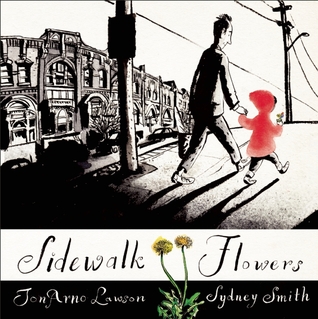I spent so much time
thinking about this book as part of judging the Cybil finalists, I'm so glad I can finally share it! This book has a unique voice and shows a side
of life that I haven’t often seen in picture books. It won the Newbery Medal
this year and also a Caldecott Honour for the illustrations!
Description from Amazon:

Every Sunday after church, CJ and his grandma ride the bus across town. But today, CJ wonders why they don't own a car like his friend Colby. Why doesn’t he have an iPod like the boys on the bus? How come they always have to get off in the dirty part of town? Each question is met with an encouraging answer from grandma, who helps him see the beauty—and fun—in their routine and the world around them.
Last Stop on Market Street was
written by Matt de la Pena and illustrated by Christian Robinson. It was
published by G. P. Putnam’s Sons, an imprint of Penguin Group, in 2015.
My Thoughts as a
Writer:
I loved the way this story is told almost completely through
a child's eyes, even though it is written in third person. The voice drew me in
and made CJ's personality come alive. I think kids will really be able to
relate to CJ. At the same time, the language and phrasing is poetic and creates
interesting visual images in my mind, right from the beginning. The writing style
is fresh and unique.
The bright, paint and
collage illustration style reminded me of The
Snowy Day by Ezra Jack Keats.
My Thoughts as a
Teacher:
I enjoyed the way this book showed CJ in his real life,
offering readers a glimpse of reality. CJ's many questions were great, showing
his curiosity -- and could be the springboard for many discussions or to
provide an intro for making a “wonder wall” in the classroom.
I liked the message: “Sometimes when you’re surrounded by dirt…you’re a
better witness for what’s beautiful.” This could be a great quote to discuss
with students.
Themes: appreciation of life, grandmothers, bus rides, community
Ages: 5 – 10
Grades: Grades K to 5
Follow-Up Activities:
- Use collage to create a piece of art that shows a scene you might experience on your way to school.
- Have you ever been on a bus? Write a story or draw a picture to show what happens on a real (or invented) bus trip!
- Talk about the setting. What details do you notice about CJ’s community from the illustrations and the story?
- Listen to a piece of music with your eyes closed, like CJ did. What colours do you see? How do you feel?






